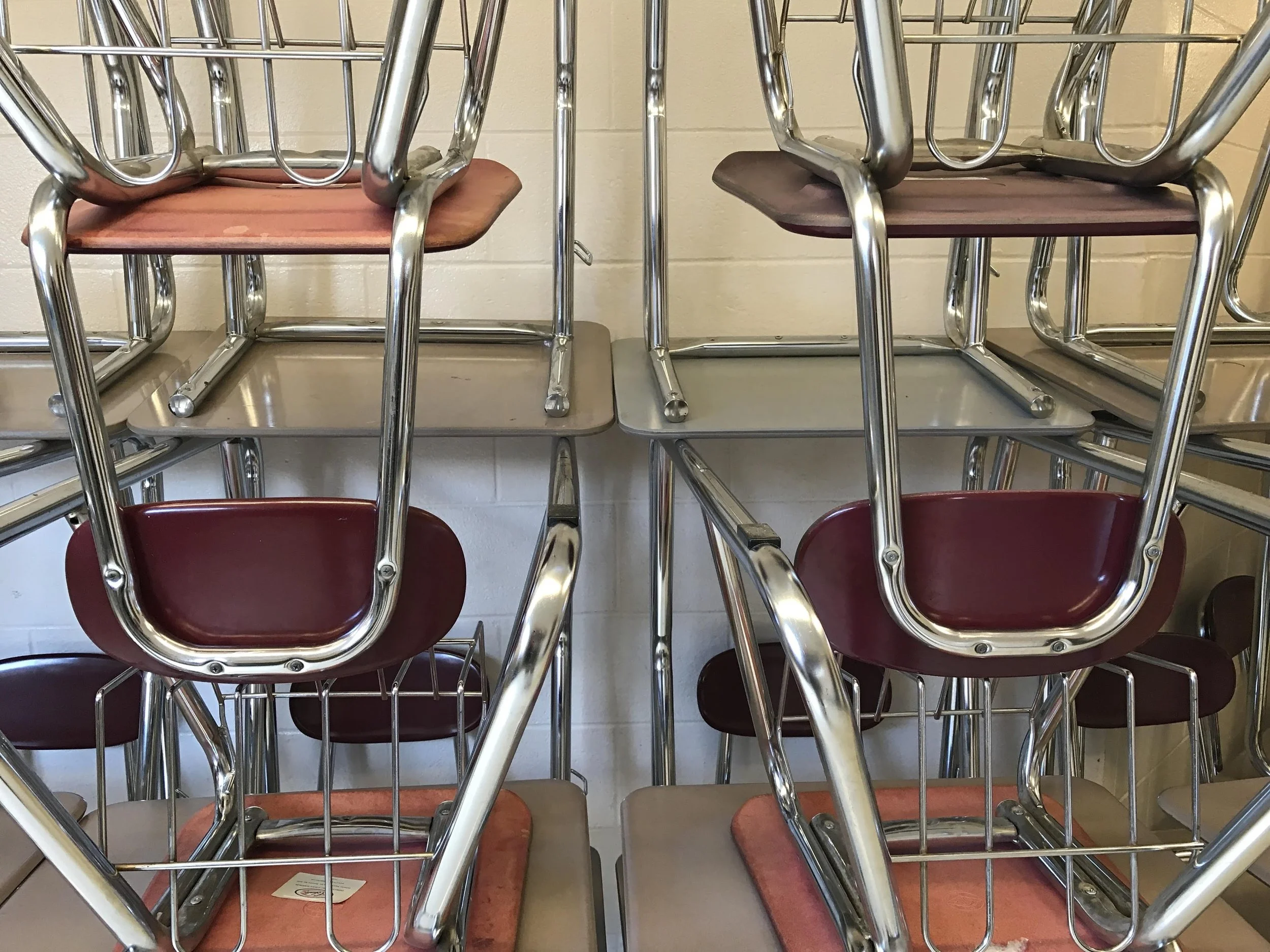Maybe it started for you by seeing pictures of "flexible seating" classrooms on Twitter.
Maybe it started by trying a few things you got at IKEA or from home, and it made a difference in your classroom for your kids.
Maybe you read about what other teachers were doing with flexible seating and got excited.
Whatever the case, perhaps you recognized that the spaces you and your students use on a daily basis needed to be updated. That's good.
And so you gave redesigning your classroom a try.
And, after trying and reading and experimenting you came to the realization that this is not about seating at all, it's not about things like bouncy balls or that garage sale couch, but it is about creating an environment that supports the capacity to create a range of learning experiences for kids that enables them to use space according to their expectations and needs.
That is the most essential and relevant realization you could arrive at.
Designing contemporary and effective spaces should begin with understanding the needs of the learner and the teacher. In my opinion, effective space design occurs when understanding teaching and learning are placed first and foremost in the design process. Great design doesn't start with things, such as seating, flexible or not. It begins with understanding the desired teaching and learning experience and using that to fuel the design process.
Eventually, good designers will make the pivot from the learning experience to a spatial response that manifests in a design. That's when we can talk about flexibility, which reflects the ability to be reshaped. But we can also need to talk about agility, which is how fast the reshaping can be done. We'll need to talk about being intentional so that spaces are created to support specific learning modalities. We'll need to talk about spaces being interconnected and linked to other physical spaces as well as cloud-based learning spaces. We'll need to speak about adjustability so that kids can personalize the space and furniture. We'll talk about spaces that inspire kids, spaces that are generative and help kids ideate and make stuff, spaces that are accessible and grant access to all and spaces that create the wonder and curiosity so necessary for learning.
Creating contemporary learning spaces involves much more than focusing on something like seating. The design of learning spaces requires the thoughtful consideration and application of many factors that together support the creation of next-generation learning spaces.
Don't make this about seats.
